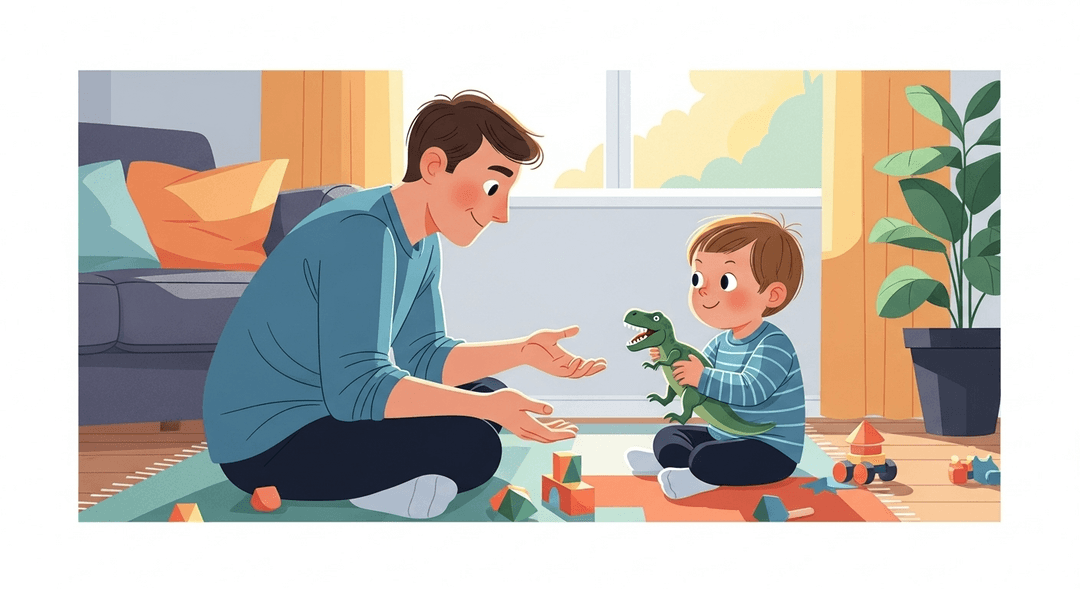Teach Empathy by Discussing Others' Feelings
Ever tried to get a preschooler to imagine someone else's feelings and ended up with a blank stare or, worse, a dinosaur impression? Welcome to the magical land of 'How Do You Think That Made Your Friend Feel?'—where every emotional teachable moment threatens to devolve into a snack negotiation. If you’ve ever wondered whether your child’s empathy chip is still in the mail, this is your jam.
Talking about feelings boosts your child's emotional intelligence, helping their little brains build connections between actions and consequences. It trains their prefrontal cortex to consider others (instead of just the cookie jar), and over time, makes them less likely to whack their friends with a stuffed giraffe. Plus, it gives you a shot at raising a kind human who might actually share their fries one day.
How to do it
-
Wait for a real-life moment, such as spilled juice, toy snatching, or sibling drama.
-
Get down to your child's level so you can make eye contact—even if it means dodging Legos.
-
Calmly ask, "How do you think that made your friend feel?"
-
Give your child time to answer, even if their response is unexpected or off-the-wall.
-
Offer a gentle nudge if needed: "I think they might feel sad or upset."
-
Suggest ways to help: "What could we do to help them feel better?"
-
Repeat these steps often. Building empathy takes time and practice.
Tips:
- Stay patient and keep your tone calm.
- Use real situations as teaching moments.
- Encourage your child to think about others' feelings regularly.
- Celebrate small signs of empathy to reinforce the behavior.
